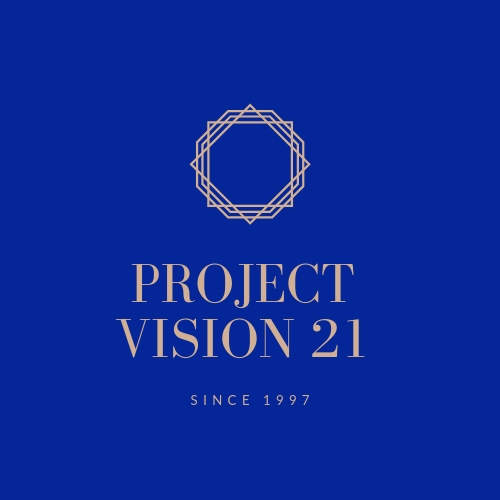In everything we do and what we create, whether we are aware of it or not, and regardless of whether it is something good or bad, something sublime or something detestable, in all our works we are indelibly there, with our faces there engravings and stampings, sometimes hidden and sometimes in plain sight.
In 1865, the famous French painter Paul Cézanne composed a work known as "Still Life with Bread and Eggs", now on display at the Cincinnati Museum of Art, in the United States. Recently, the curator of that museum, Serena Urry, noticed that in certain places of the Cézanne painting there were white spots appearing behind the black background of the work.
A study -using x-rays- made it possible to detect a self-portrait of Cézanne at that precise place of the painting. The self-portrait, although present in the painting, was only detected now, more than a century and a half later, a long period without any of the thousands and thousands of people who admired the work seeing the face of Cézanne. But the face was there.
This discovery serves as an example of what happens in our own lives: in everything we do we leave our presence, regardless of whether others see it and regardless of how long it takes others to discover it. But there is our presence: looking at those who do not see us because they only see the superficial without seeing what exists behind that superficiality.
In the case of the Cézanne painting, the museum curator decided that the white spots she saw had meaning and were not just a sign of decay in the work. But in real life, when we show that we are more than just superficial appearances, many times people simply dismiss those signs that there is more to it than they see.
Even worse, because we are so used to superficiality (reinforced by superficial social networks and the media), each one of us is losing the ability to see himself in his actions and in his works. If we don't see ourselves in what we do, then we don't take responsibility for what we do either.
We become not only superficial (that is, unable to deal with complex issues), but also irresponsible (that is, unable to see the connection between ourselves and the results of our actions). In other words, we have succumbed to the infantilization proposed by this society. But how do we get out of that situation?
We get out of that situation by doing what the art curator Urry did at the museum in Cincinnati: looking beyond the superficial image, understanding that reality has more than one level, and looking for the resources to access that level that, although perhaps is not visible to the naked eye, it becomes visible if we know how and with what to look at it.
When we look at others, let us see not the labels and masks they are wearing, but their faces, however hidden they may be.

Comments
There are currently no blog comments.